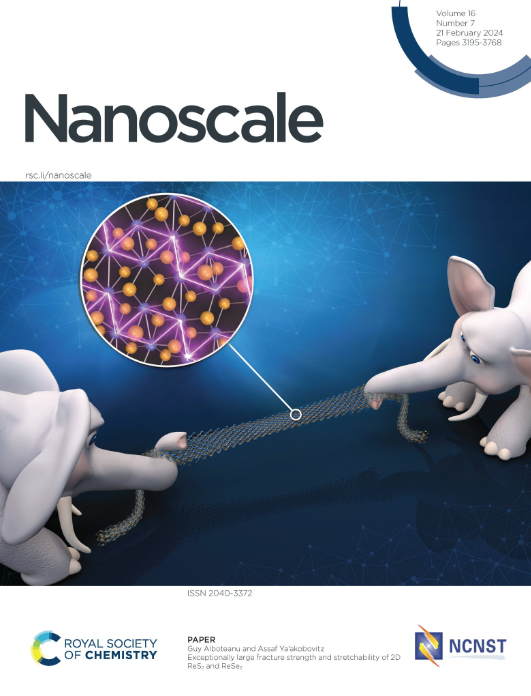二维磁现象第一原理模拟的挑战和策略
IF 5.1
3区 材料科学
Q1 CHEMISTRY, MULTIDISCIPLINARY
引用次数: 0
摘要
二维(2D)材料的本征磁性的发现开辟了材料科学和技术的新领域。这篇综述提供了使用密度泛函理论(DFT)建模二维磁性材料的详细指南,重点是基本概念和实用方法。从磁学原理开始,它研究了二维系统的独特挑战,包括各向异性对稳定磁顺序的影响,Mermin-Wagner定理施加的限制,以及交换相互作用的关键作用。本文介绍了DFT的基础知识,强调了通过DFT+$U$和混合泛函等方法来解决电子离域的方法,并强调了将范德华校正纳入分层系统的重要性。讨论了确定共线和非共线排列的基态自旋构型的策略,以及自旋约束DFT和自旋螺旋态的广义布洛赫定理等先进技术。从第一性原理计算中提取磁交换参数和估计临界温度的方法全面涵盖。为应用这些技术探索材料数据库和识别具有室温应用前景的二维磁体提供了实际见解。这篇综述为二维磁性材料的理论和计算研究提供了资源。本文章由计算机程序翻译,如有差异,请以英文原文为准。
Challenges and Strategies for Firsts-Principle Simulations of Two-Dimensional Magnetic Phenomena
The discovery of intrinsic magnetism in two-dimensional (2D) materials has opened new frontiers in material science and technology. This review offers a detailed guide to modeling 2D magnetic materials using Density Functional Theory (DFT), focusing on both fundamental concepts and practical methodologies. Starting with the principles of magnetism, it examines the unique challenges of 2D systems, including the effects of anisotropy in stabilizing magnetic order, the limitations imposed by the Mermin-Wagner theorem, and the critical role of exchange interactions. The review introduces DFT basics, highlighting approaches to address electron delocalization through methods like DFT+$U$ and hybrid functionals, and emphasizes the importance of incorporating Van der Waals corrections for layered systems. Strategies for determining ground-state spin configurations for both collinear and non-collinear arrangements, are discussed, alongside advanced techniques like spin-constrained DFT and the Generalized Bloch Theorem for spin-spiral states. Methods for extracting magnetic exchange parameters and estimating critical temperatures from first-principles calculations are comprehensively covered. Practical insights are provided for applying these techniques to explore material databases and identify 2D magnets with promising properties for room-temperature applications. This review serves as a resource for theoretical and computational studies of 2D magnetic materials.
求助全文
通过发布文献求助,成功后即可免费获取论文全文。
去求助
来源期刊

Nanoscale
CHEMISTRY, MULTIDISCIPLINARY-NANOSCIENCE & NANOTECHNOLOGY
CiteScore
12.10
自引率
3.00%
发文量
1628
审稿时长
1.6 months
期刊介绍:
Nanoscale is a high-impact international journal, publishing high-quality research across nanoscience and nanotechnology. Nanoscale publishes a full mix of research articles on experimental and theoretical work, including reviews, communications, and full papers.Highly interdisciplinary, this journal appeals to scientists, researchers and professionals interested in nanoscience and nanotechnology, quantum materials and quantum technology, including the areas of physics, chemistry, biology, medicine, materials, energy/environment, information technology, detection science, healthcare and drug discovery, and electronics.
 求助内容:
求助内容: 应助结果提醒方式:
应助结果提醒方式:


